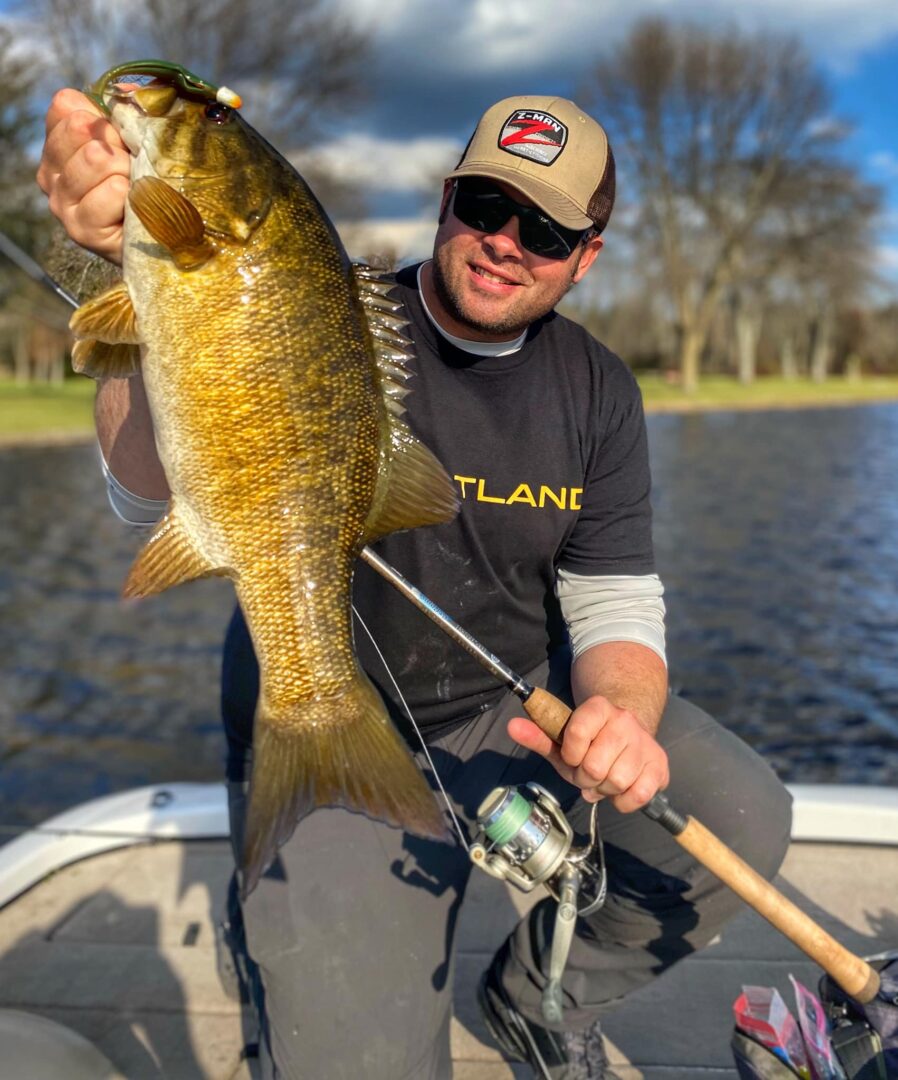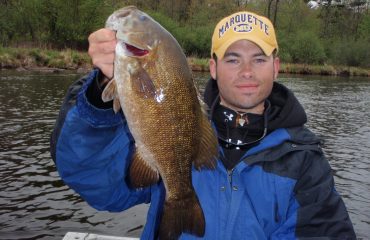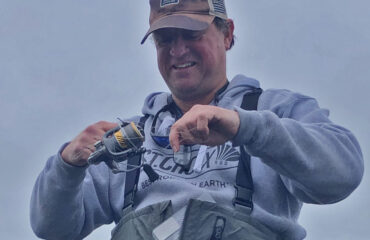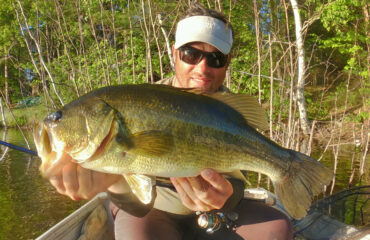Locals Only Fishing
Anyone can book a flight to a major fishing destination, lodge at an all-inclusive resort, or hire a guide to put them on fish. We all tend to be more interested in showcasing these types of trips and experiences rather than share information about local adventures that are more practical and convenient. In the process, we often forget that great fishing is sometimes located not far away.
Wherever in the Midwest you live, and probably someplace nearby, big fish live close by. I’ve found a lot of local opportunity close by to where I live, in Lake County, Illinois.
Whether or not you live near known fisheries, you might be surprised by what some nearby waters contain. Not every water can contain unicorns and giants, but you’ll be surprised by what lurks in your local subdivision ponds, pits and drainages, and even in the little ditches along the highway.
Monster fish sometimes come from places you drive past frequently. You would never know of their existence or the potential of these local fisheries until you try.
Nowadays, I don’t get to fish my local northern IL waters as frequently or as hard as I used to. In between my Northwoods commutes and oth



















